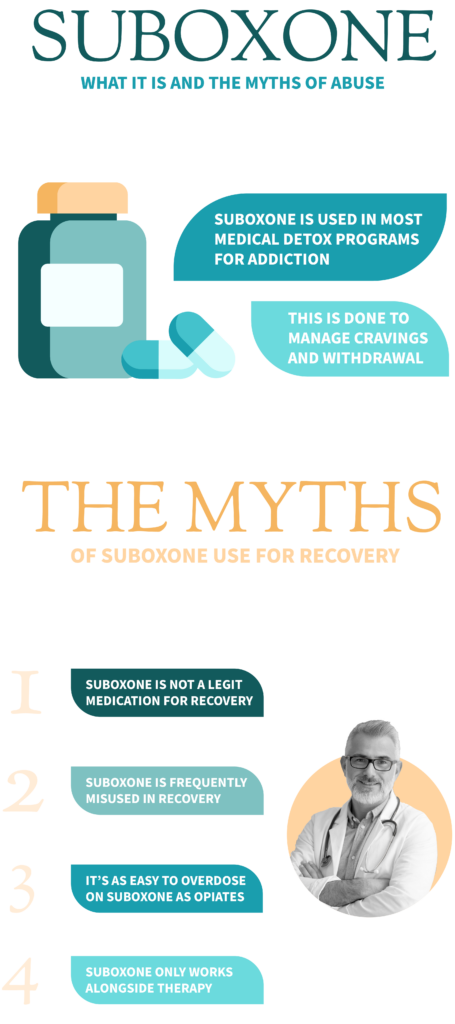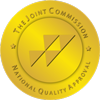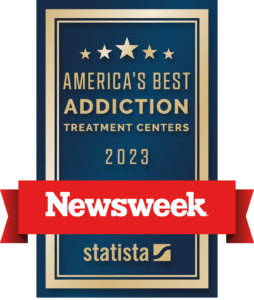Suboxone Addiction: Signs of Suboxone Misuse
Prescription and illicit opioids are highly addictive and cause severe withdrawal symptoms. Suboxone is used in the treatment of opioid use disorder, but Suboxone has its own risk. As a result, individuals often develop a Suboxone addiction. And above all, risk a Suboxone overdose.

Is Suboxone Addictive?
Although Suboxone addiction is a risk, the risk is lower than developing an opioid use disorder (OUD). Compared to opiates like heroin and morphine, Suboxone’s effects are mild with a slow onset and are long-lasting.
The risk of Suboxone addiction is low, according to the National Alliance of Advocates for Buprenorphine Treatment. Because it is used in medication assisted treatment programs (MAT), individuals taper down at the first sign of Suboxone addiction. Therefore, lowering the risk of misuse.
However, some people may experience moderate withdrawal symptoms depending on their use. Symptoms may include headaches, nausea, and muscle pains. But, tapering down Suboxone throughout recovery can minimize the withdrawal risk.
Furthermore, Suboxone, unlike heroin and other opiates, has a “ceiling effect.” Meaning if a person takes large doses, they will not increase its potency. So while they may build a tolerance, they will not proceed to the addiction phase.
Why is Suboxone Commonly Used?
According to the U.S. Department of Health and Human Services (HHS), in 2019, 9.7 million people over age 12 developed opioid use disorder (OUD). This rate is up from almost 2 million in 2014. While millions seek treatment every year, they often relapse due to the powerful hold of opioids.
Suboxone is used solely to treat opioid use disorder. It not only reduces opioid cravings but also reduces withdrawal symptoms. Suboxone is part of a medication-assisted treatment program that includes psychotherapy and behavioral therapies to improve lasting recovery chances.


What Is Suboxone?
Suboxone, an oral prescription drug, was approved by the FDA in 2002 to treat opioid use disorder. It is available in sublingual tablets or film. Suboxone combines two active drugs :
- Buprenorphine is a partial antagonist that relieves opioid cravings and withdrawals. This drug works by blocking opiate receptors in the brain.
- Naloxone is an opiate antagonist. It works by blocking the effects of opiates.
When combined, these two drugs are effective in treating opioid use disorder. While buprenorphine decreases cravings and withdrawals, it doesn’t have the full effect of opioids. In contrast, naloxone blocks and reverses the effects of opioids. Furthermore, naloxone reverses the symptoms of opioid overdose.
What Are the Suboxone Side Effects?
Suboxone is highly effective in treating opioid use disorder, but it has various side effects. While most suboxone side effects are not severe or life-threatening, they can be uncomfortable.
Common Suboxone side effects include:
- Anxiety
- Depression
- Headache, nausea, and vomiting
- Dizziness
- Drowsiness and fatigue
- Sweating
- Muscle aches and cramps
- Sleep issues
- Blurred vision
- Tremors
- Heart palpitations
- Trouble paying attention

Side Effects
Serious Suboxone side effects increase with the use of alcohol or benzos and include:
- Respiratory distress
- Overdose
- Adrenal insufficiency
- Dependence
- Withdrawal
Some individuals may have an allergic reaction causing difficulty breathing and throat swelling. While taking high doses of Suboxone may cause liver damage, induce a coma, and result in Suboxone overdose.
What Are the Signs of Suboxone Use?
While medically, Suboxone addiction is low risk when used in medication assisted treatment. However, some individuals do develop a Suboxone addiction. The most significant sign of someone misusing Suboxone is taking the drug without participating in medication-assisted treatment.
The following are some of the physical, mental, and behavioral signs of Suboxone use.
- Taking more than prescribed
- Doctor shopping or having multiple prescriptions for Suboxone
- Impaired coordination
- Slurred speech
- Inability to think clearly
- Itching
Suboxone addiction leads to withdrawal symptoms when a person stops or reduces their dose. Signs of Suboxone withdrawal include cravings for Suboxone and other opioids, flu-like symptoms, diarrhea, tremors, and muscle pain.

Can You Overdose on Suboxone?
Suboxone is a drug to help your recovery from opioid use disorder or reverse an overdose. So, how can you overdose on Suboxone? A Suboxone overdose can happen if you misuse the medication.
While injections of Suboxone have the highest risk of Suboxone overdose, all forms can lead to a Suboxone overdose at high doses. Furthermore, no one knows how much can lead to a Suboxone overdose. Because each person is different, what leads to a Suboxone overdose in one person may not in another.
An overdose happens when the body cannot metabolize the amount of Suboxone in the body. This begins to poison the body, causing severe side effects including:
- Anxiety
- Blurry vision
- Drowsiness
- Dizziness
- Headache
- Slowed or stopped breathing
- Fainting
- Confusion
- Nausea and vomiting
- Loss of consciousness
- Loss of coordination
- Slurred speech
When a Suboxone overdose causes respiratory depression, it can lead to brain damage, coma, and death. If you or someone you love experiences any of the above signs of Suboxone overdose, call 911 right away.
A Suboxone overdose is often scary enough to cause people to seek treatment. Although there is no cure for Suboxone addiction, a comprehensive treatment program can lead to lasting recovery.

Why Is Suboxone Addiction Treatment Necessary?
If you continue taking Suboxone in large doses or over a long period, you can develop a Suboxone addiction. The brain becomes dependent on Suboxone and can not function properly without it. So when you stop taking Suboxone, challenging withdrawal symptoms begin.
Furthermore, Suboxone withdrawal symptoms may last up to a month and include:
- Nausea and vomiting
- Headaches
- Muscle and body aches
- Insomnia
- Lethargy
- Stomach issues
- Anxiety
- Depression
- Irritability
- Opioid cravings
- Fever Chills
- Sweating
- Trouble concentrating
Although many people try to detox at home, the withdrawal symptoms can be overwhelming. For this reason, a recurrence of use or relapse is often the end result. But, seeking a comprehensive treatment program can help you safely detox and continue into Suboxone addiction treatment.
What Types of Treatment are Available Suboxone Misuse?
Suboxone addiction treatment, like other opioid addiction treatments, begins with detox. In detox, withdrawal and its symptoms can be controlled and supervised, making it a safe process. Afterward, individuals continue into either inpatient treatment or an outpatient treatment program to increase the chance of lasting recovery from Suboxone addiction.
Inpatient Treatment for Suboxone Addiction
Inpatient drug rehab Kansas City offers the highest intensity in Suboxone addiction treatment. Members live in the facility and receive round-the-clock care. Although members have gone through detox, they may still experience cravings and psychological withdrawal symptoms.
Although some people skip this phase of treatment, it is vital for most members to achieve recovery. In inpatient treatment for Suboxone addiction, members can focus on their healing and recovery with support from therapists and others with the same struggles.
Suboxone addiction treatment
Because addiction commonly stems from or produces co-occurring disorders, Suboxone addiction treatment typically includes treatment for a dual diagnosis. Mental health disorders that commonly co-occur with Suboxone addiction include:
- Anxiety disorders
- Mood disorders
- Personality disorders
- Post-Traumatic Stress Disorder (PTSD)
- Attention-Deficit/Hyperactivity Disorder (ADHD)
After successfully completing an inpatient treatment program, individuals are well on their recovery journey. However, that is not the end of your recovery journey. Members are encouraged to step down into an outpatient program.
Outpatient Treatment Programs for Suboxone Addiction
Outpatient programs allow members to attend treatment while still managing their responsibilities. Because most members in an outpatient program completed an inpatient program, the intensity level of treatment varies.
Types of outpatient treatment programs include:
- Partial Hospitalization Program (PHP)
- Intensive Outpatient Program (IOP)
- Outpatient Treatment Program (OP)
Members in an outpatient program can work and go to school while attending treatment on their schedule. Depending on which outpatient Suboxone addiction treatment program, members may attend therapy up to 6 days a week and up to 6 hours a day.
Members attend psychotherapy, group and family therapy, and a variety of behavioral treatments. Attending outpatient treatment allows members to cope and receive support for issues in the present moment. The extra support for real-life triggers further encourages Recovery for Life.

Find Recovery From Suboxone Addiction at Sana Lake Recovery
A Suboxone addiction, or any drug addiction, is challenging to handle alone. At Sana Lake Recovery, our Recovery-Oriented System of Care approach means you will never be alone in your recovery journey. From your first step through our doors and every step of your recovery journey, our therapist, peer counselors, and community support partners are with you.
What are you waiting for? If you or a loved one is struggling with a drug or alcohol addiction, we can help. Contact us today and learn how we can help you.
References:
https://www.hhs.gov/opioids/about-the-epidemic/opioid-crisis-statistics/index.html#:~:text=In%202019%2C%20an%20estimated%2010.1,and%20745%2C000%20people%20used%20heroin.
https://www.samhsa.gov/medication-assisted-treatment/medications-counseling-related-conditions/buprenorphine
http://www.naabt.org/faq_answers.cfm?ID=2



